Feast February 22 | ||
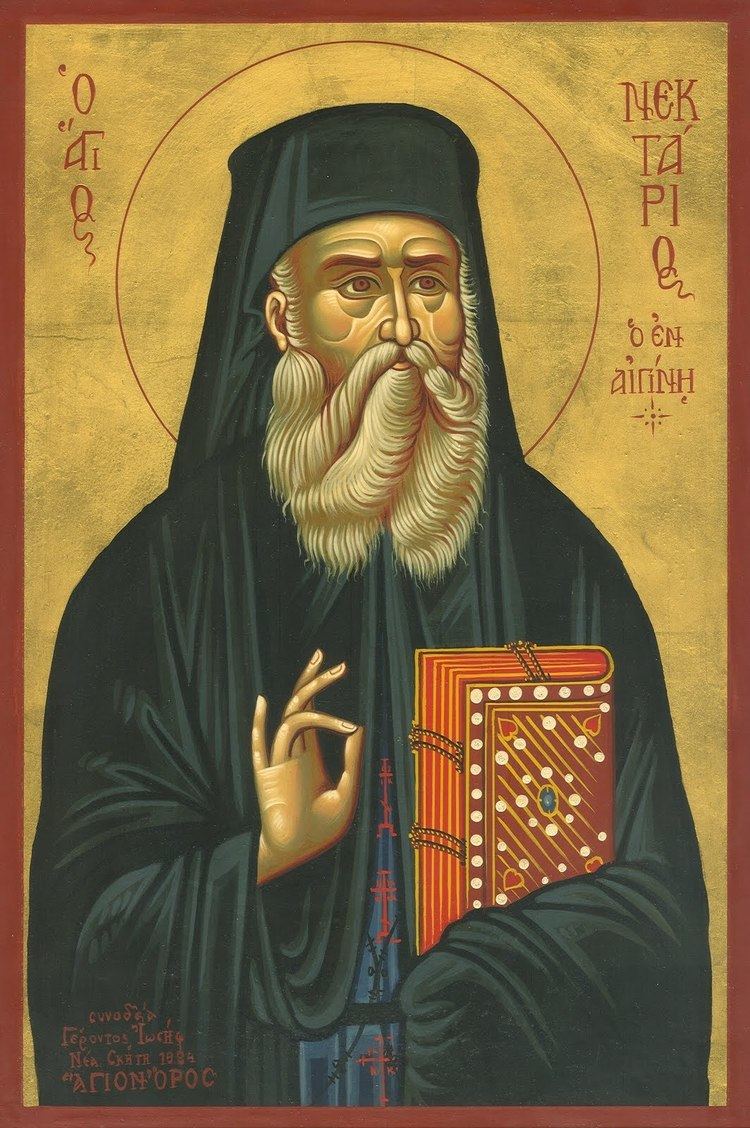 | ||
Similar | ||
Papias of hierapolis
Papias (Greek: Παπίας) was an Apostolic Father, Bishop of Hierapolis (modern Pamukkale, Turkey), and author who lived c. 60–130 AD. It was Papias who wrote the Exposition of the Sayings of the Lord (Greek: Λογίων Κυριακῶν Ἐξήγησις) in five books.
Contents
- Papias of hierapolis
- Life
- Date
- Fragments
- Gospel origins
- Eschatological
- Pericope Adulterae
- Death of Judas
- Death of John
- Barsabbas
- Reliability
- References
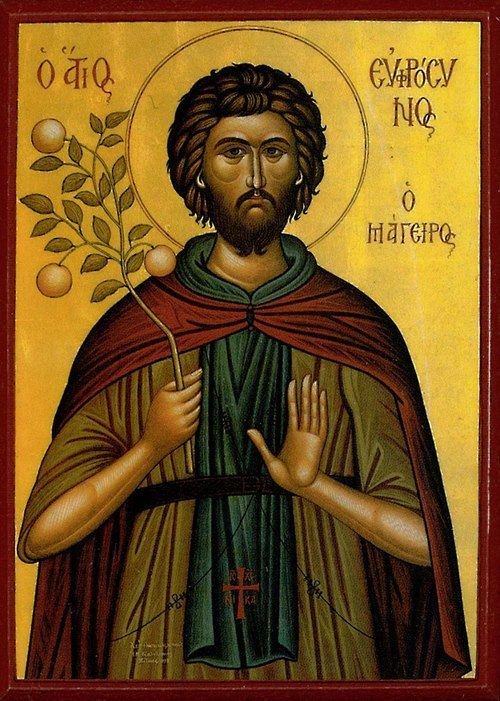
This work, which is lost apart from brief excerpts of Irenaeus of Lyons (c. 180) and Eusebius of Caesarea (c. 320), is an important early source on Christian oral tradition and especially on the origins of the canonical Gospels.
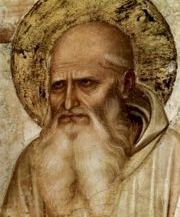
Life
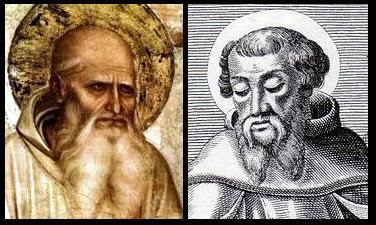
Very little is known of Papias apart from what can be inferred from his own writings. He is described as "an ancient man who was a hearer of John and a companion of Polycarp" by Polycarp's disciple Irenaeus (c. 180).
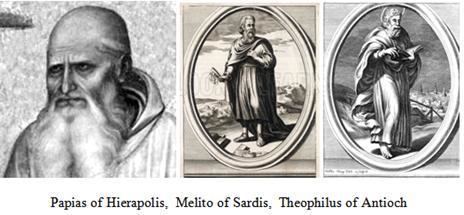
Eusebius adds that Papias was Bishop of Hierapolis around the time of Ignatius of Antioch. In this office Papias was presumably succeeded by Abercius of Hierapolis.

The name Papias was very common in the region, suggesting that he was probably a native of the area.
Date
The work of Papias is dated by most modern scholars to about 95–120.
Later dates were once argued from two references that now appear to be mistaken. One dating Papias' death to around the death of Polycarp in 164 is actually a mistake for Papylas. Another unreliable source in which Papias is said to refer to the reign of Hadrian (117–138) seems to have resulted from confusion between Papias and Quadratus.
Eusebius refers to Papias only in his third book, and thus seems to date him before the opening of his fourth book in 109. Papias himself knows several New Testament books, whose dates are themselves controversial, and was informed by John the Evangelist, the daughters of Philip and many "elders" who had themselves heard the Twelve Apostles. He is also called a companion of the long-lived Polycarp (51–155). For all these reasons, Papias is thought to have written around the turn of the 2nd century.
Fragments
Despite indications that the work of Papias was still extant in the late Middle Ages, the full text is now lost. Extracts, however, appear in a number of other writings, some of which cite a book number. MacDonald proposes the following tentative reconstruction of the five books, following a presumed Matthaean order.
Gospel origins
#1
Papias provides the earliest extant account of who wrote the Gospels. Eusebius preserves two (possibly) verbatim excerpts from Papias on the origins of the Gospels, one concerning Mark and then another concerning Matthew.
On Mark, Papias cites John the Elder:
The Elder used to say: Mark, in his capacity as Peter’s interpreter, wrote down accurately as many things as he recalled from memory—though not in an ordered form—of the things either said or done by the Lord. For he neither heard the Lord nor accompanied him, but later, as I said, Peter, who used to give his teachings in the form of chreiai, but had no intention of providing an ordered arrangement of the logia of the Lord. Consequently Mark did nothing wrong when he wrote down some individual items just as he related them from memory. For he made it his one concern not to omit anything he had heard or to falsify anything.
The excerpt regarding Matthew says only:
Therefore Matthew put the logia in an ordered arrangement in the Hebrew language, but each person interpreted them as best he could.
How to interpret these quotations from Papias has long been a matter of controversy, as the original context for each is missing and the Greek is in several respects ambiguous and seems to employ technical rhetorical terminology. For one thing, it is not even explicit that the writings by Mark and Matthew are the canonical Gospels bearing those names.
The word logia (λόγια)—which also appears in the title of Papias' work—is itself problematic. In non-Christian contexts, the usual meaning was oracles, but since the 19th century it has been interpreted as sayings, which sparked numerous theories about a lost "Sayings Gospel", now called Q, resembling the Gospel of Thomas. But the parallelism implies a meaning of things said or done, which suits the canonical Gospels well.
The apparent claim (Aramaic primacy) that Matthew wrote in Hebrew—which in Greek could refer to either Hebrew or Aramaic—is echoed by many other ancient authorities. Modern scholars have proposed numerous explanations for this assertion, in light of the prevalent view that canonical Matthew was composed in Greek and not translated from Semitic. One theory is that Matthew himself produced firstly a Semitic work and secondly a recension of that work in Greek. Another is that others translated Matthew into Greek rather freely. Another is that Papias simply means "Ἑβραίδι διαλέκτῳ" as a Hebrew style of Greek. Another is that Papias refers to a distinct work now lost, perhaps a sayings collection like Q or the so-called Gospel according to the Hebrews. Yet another is that Papias was simply mistaken.
As for Mark, the difficulty has been in understanding the relationship described between Mark and Peter—whether Peter recalled from memory or Mark recalled Peter's preaching, and whether Mark translated this preaching into Greek or Latin or merely expounded on it, and if the former, publicly or just when composing the Gospel; modern scholars have explored a range of possibilities. Eusebius, after quoting Papias, goes on to say that Papias also cited 1 Peter, where Peter speaks of "my son Mark", as corroboration. Within the 2nd century, this relation of Peter to Mark's Gospel is alluded to by Justin and expanded on by Clement of Alexandria.
We do not know what else Papias said about these or the other Gospels—he certainly treated John—but some see Papias as the likely unattributed source of at least two later accounts of the Gospel origins. Bauckham argues that the Muratorian Canon (c. 170) has drawn from Papias; the extant fragment, however, preserves only a few final words on Mark and then speaks about Luke and John. Hill argues that Eusebius' earlier account of the origins of the four Gospels is also drawn from Papias.
Eschatological
Eusebius concludes from the writings of Papias that he was a chiliast, understanding the Millennium as a literal period in which Christ will reign on Earth, and chastises Papias for his literal interpretation of figurative passages, writing that Papias "appears to have been of very limited understanding", and felt that his misunderstanding misled Irenaeus and others.
Irenaeus indeed quotes the fourth book of Papias for an otherwise-unknown saying of Jesus, recounted by John the Evangelist, which Eusebius doubtless has in mind:
The Lord used to teach about those times and say: The days will come when vines will grow, each having ten thousand shoots, and on each shoot ten thousand branches, and on each branch ten thousand twigs, and on each twig ten thousand clusters, and in each cluster ten thousand grapes, and each grape when crushed will yield twenty-five measures of wine. And when one of the saints takes hold of a cluster, another cluster will cry out,
And when Judas the traitor did not believe and asked, I am better, take me, bless the Lord through me.
Similarly a grain of wheat will produce ten thousand heads, and every head will have ten thousand grains, and every grain ten pounds of fine flour, white and clean. And the other fruits, seeds, and grass will produce in similar proportions, and all the animals feeding on these fruits produced by the soil will in turn become peaceful and harmonious toward one another, and fully subject to humankind.… These things are believable to those who believe.How, then, will such growth be accomplished by the Lord?
, the Lord said, Those who live until those times will see.
Parallels have often been noted between this account and Jewish texts of the period such as 2 Baruch.
On the other hand, Papias is elsewhere said to have understood mystically the Hexaemeron (six days of Creation) as referring to Christ and the Church.
Pericope Adulterae
Eusebius concludes his account of Papias by saying that he relates "another account about a woman who was accused of many sins before the Lord, which is found in the Gospel according to the Hebrews". Agapius of Hierapolis (10th century) offers a fuller summary of what Papias said here, calling the woman an adulteress. The parallel is clear to the famous Pericope Adulterae (John 7:53–8:11), a problematic passage absent or relocated in many ancient Gospel manuscripts. The remarkable fact is that the story is known in some form to such an ancient witness as Papias.
What is less clear is to what extent Eusebius and Agapius are reporting the words of Papias versus the form of the pericope known to them from elsewhere. A wide range of versions have come down to us, in fact. Since the passage in John is virtually unknown to the Greek patristic tradition; Eusebius has cited the only parallel he recognized, from the now-lost Gospel according to the Hebrews, which may be the version quoted by Didymus the Blind.
The nearest agreement with "many sins" actually occurs in the Johannine text of Armenian codex Matenadaran 2374 (formerly Ečmiadzin 229); this codex is also remarkable for ascribing the longer ending of Mark to "Ariston the Elder", which is often seen as somehow connected with Papias.
Death of Judas
According to a scholium attributed to Apollinaris of Laodicea, Papias also related a tale on the grotesque fate of Judas Iscariot:
Judas did not die by hanging but lived on, having been cut down before he choked to death. Indeed, the Acts of the Apostles makes this clear: Falling headlong he burst open in the middle and his intestines spilled out.
Papias, the disciple of John, recounts this more clearly in the fourth book of the Exposition of the Sayings of the Lord, as follows:
Judas was a terrible, walking example of ungodliness in this world, his flesh so bloated that he was not able to pass through a place where a wagon passes easily, not even his bloated head by itself. For his eyelids, they say, were so swollen that he could not see the light at all, and his eyes could not be seen, even by a doctor using an optical instrument, so far had they sunk below the outer surface. His genitals appeared more loathsome and larger than anyone else's, and when he relieved himself there passed through it pus and worms from every part of his body, much to his shame. After much agony and punishment, they say, he finally died in his own place, and because of the stench the area is deserted and uninhabitable even now; in fact, to this day one cannot pass that place without holding one's nose, so great was the discharge from his body, and so far did it spread over the ground.
Death of John
Two late sources cite the second book of Papias as recording that John and his brother James were killed by the Jews. It seems that Papias presented this as fulfillment of the prophecy of Jesus on the martyrdom of these two brothers. This is consistent with a tradition attested in several ancient martyrologies.
Barsabbas
Papias relates, on the authority of the daughters of Philip, an event concerning Justus Barsabbas, who according to Acts was one of two candidates proposed to join the Twelve Apostles. The summary in Eusebius tells us that he "drank a deadly poison and suffered no harm," while Philip of Side recounts that he "drank snake venom in the name of Christ when put to the test by unbelievers and was protected from all harm." Another account accompanies this one, of the resurrection of the mother of a certain Manaem.
This account is often seen as connected to a verse from the longer ending of Mark: "They will pick up snakes in their hands, and if they drink any deadly thing, it will not hurt them." It was known in antiquity, however, that snake venom is not necessarily harmful when ingested.
Reliability
Eusebius, despite his own views on Papias, knew that Irenaeus believed Papias to be a reliable witness to original apostolic traditions. Later scholars have been questioning of Papias' reliability. Much discussion of Papias's comments about the Gospel of Mark and Gospel of Matthew is concerned with assessing Papias' reliability as evidence for the origins of these Gospels or with emphasizing the apologetic character of the Gospels in order to discredit their reliability. Casey argued that Papias was indeed reliable, but reliable about a Hebrew collection of sayings by the Apostle Matthew which had nothing to do with the Greek Gospel of Matthew, either incorrectly ascribed to Matthew or written by another Matthias. Concerning the Gospel of Mark, many modern scholars have dismissed Papias' reliability regarding this Gospel due to the purpose of Papias in vindicating the apostolicity of Mark's Gospel.
